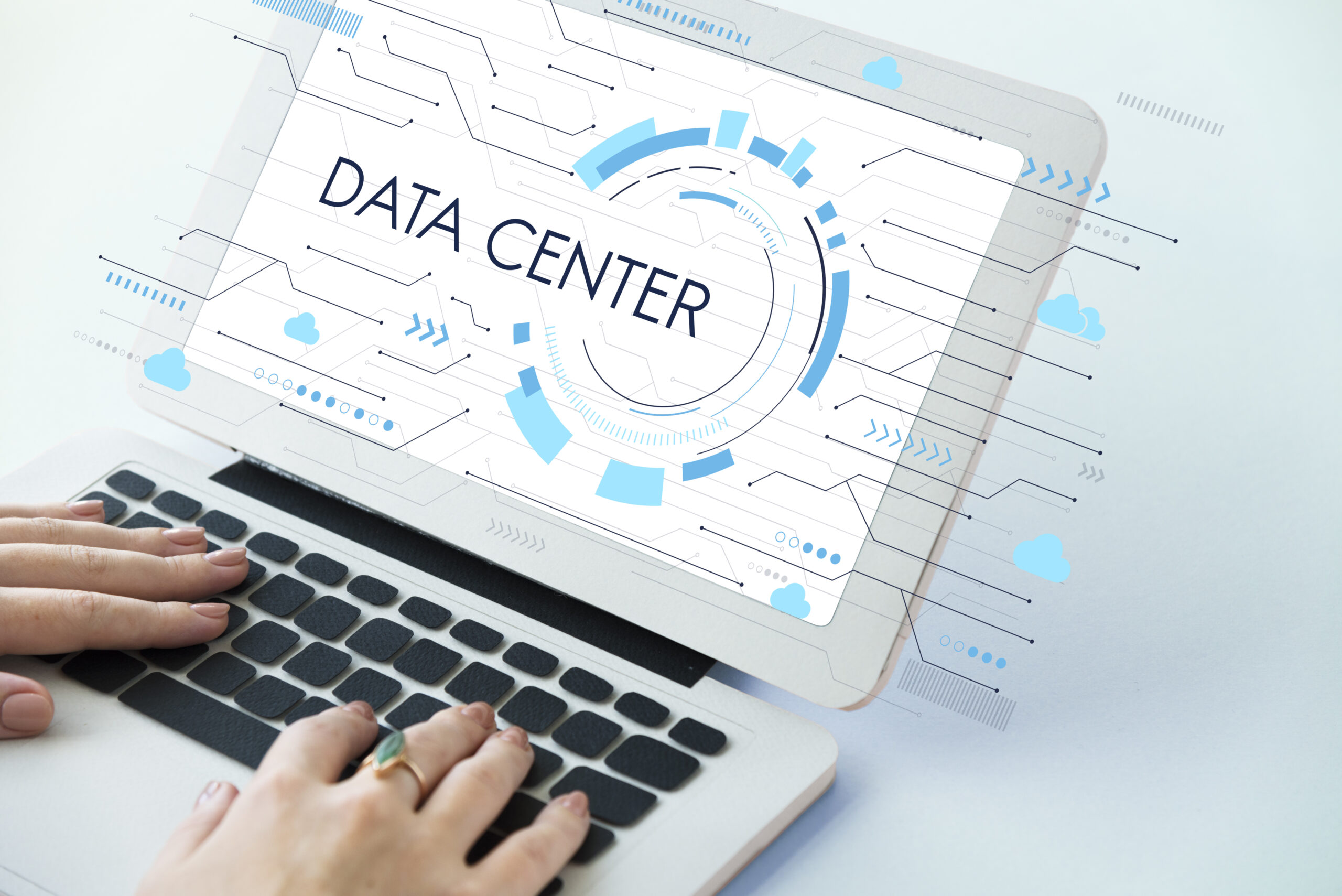
The Thermal Account 3.0
All the Innovations of the MASE Decree 2025
The Thermal Account 3.0 represents the renewed framework of state incentives for energy efficiency and thermal energy production from renewable sources in buildings.
The measure sets more ambitious goals than in the past by expanding the range of beneficiaries, simplifying procedures, updating eligible interventions, and aligning eligible costs.
Publication and Entry into Force
- The decree was published in the Official Gazette No. 224 of September 26, 2025;
- It will enter into force 90 days after publication;
- Within 60 days from its entry into force, GSE must issue the implementing rules and update the online application platform.
Main Objectives
The Thermal Account 3.0 is designed to:
- Promote the decarbonization of the national building stock, in line with European and national commitments;
- Expand the range of beneficiaries (public administrations, private citizens, companies, Third Sector entities, energy communities);
- Encourage the adoption of new technologies (photovoltaics with storage, EV charging stations, hybrid and innovative systems) with rules consistent with market costs;
- Simplify administrative procedures and speed up incentive disbursement.
Eligible Beneficiaries
Beneficiaries of the Thermal Account 3.0 include:
- Public Administrations (PA);
- Private individuals, particularly for interventions in residential buildings (or in the tertiary sector, depending on the case);
- Third Sector organizations, which are often treated similarly to public administrations;
- Renewable Energy Communities (RECs) and collective self-consumption configurations.
New Interventions and Elements Introduced
Compared to Thermal Account 2.0, version 3.0 introduces several innovations:
| Intervention / Aspect | What Changes / What Is Added |
| Energy efficiency in non-residential private buildings | Previously reserved mainly for public buildings; now extended to private non-residential buildings. |
| Photovoltaics with storage | Incentivized only when installed together with the replacement of the thermal plant with an electric heat pump. |
| EV charging stations | Now eligible, under similar conditions (combined with a heat pump). |
| Hybrid systems and add-on heat pumps | Included among eligible interventions. |
| Incentive coverage up to 100% | For public buildings in municipalities with fewer than 15,000 inhabitants, as well as schools, hospitals, and public healthcare or residential facilities. Other cases may receive up to 65% of eligible expenses. |
Eligible Expenses
Eligible expenses include:
- Thermal insulation, window and door replacement, solar shading systems;
- Replacement of traditional heating systems with heat pumps;
- High-efficiency biomass systems;
- Solar thermal systems for hot water and solar cooling, where applicable;
- Photovoltaics with storage and EV charging stations, where conditions are met.
Percentages and Limits
- Standard incentive: up to 65% of eligible expenses for most interventions.
- Up to 100% for special cases (public buildings in small municipalities, schools, hospitals, etc.).
- Total annual budget: €900 million, of which €400 million for the public sector, €350 million for private citizens, and €150 million for businesses.
- Applications for private entities must be submitted within 60 days of work completion.
- Companies must submit a preliminary application before starting work, and interventions must ensure at least a 10% reduction in energy consumption (20% in multi-intervention projects).
Lighting: What the Thermal Account 3.0 Provides
Lighting is included among the eligible energy efficiency interventions (“Small-scale interventions to improve energy efficiency in buildings”). Specifically, the decree allows:
- Replacement of existing indoor lighting systems with efficient lighting systems;
- Replacement of luminaires and lamps for both indoor and outdoor use;
- Preferential use of LED technology or other high-efficiency solutions.
These interventions must comply with the technical requirements set out in the decree (performance, efficiency, lifetime) and fall within the applicable cost ceilings.
Specific Requirements and Conditions for Lighting
- Existing Building: the intervention applies only to existing buildings — not to new constructions.
- Eligible Beneficiaries: all eligible entities (public, private, Third Sector, RECs) may apply, provided that the building and its use type qualify.
- Minimum Efficiency Standards: lighting fixtures must be “efficient,” typically meaning LED systems with high luminous efficacy, low energy use, and certified technical performance.
- Cost Limits and Caps: spending limits vary by beneficiary and building type; amounts exceeding the ceiling are not covered.
- Incentive Duration: the incentive duration depends on the useful life of the replaced installation.
- Incentive Rate: the incentive rate for efficient lighting interventions is generally around 40% of eligible costs.
Benefits
Efficient lighting under the Thermal Account 3.0 offers multiple advantages:
- Energy savings through reduced electricity consumption;
- Lower operating costs thanks to reduced maintenance needs;
- Environmental benefits via lower emissions;
- Direct incentive reducing investment costs;
- Improved lighting comfort and control, often with smart or automated features.
Limits and Considerations
Important aspects to verify:
- Technical documentation (datasheets, certifications, photos, description of previous system);
- Deadlines and submission procedures via the GSE portal;
- Compatibility with other incentives or interventions (check in combined projects);
- Cost ceilings — expenditures exceeding thresholds are not reimbursed.
Further Reading
Full decree available in Official Gazette No. 224 of September 26, 2025 at this LINK
Sources
- FiscoeTasse – “Conto Termico 3.0: tutte le regole nel decreto MASE”
- MASE – Ministry of Environment and Energy Security – official communications
- BibLus – “Conto Termico 3.0: guida completa e novità 2025”
- Commercialista.it – “Conto Termico 3.0: tutte le novità del decreto MASE 2025 per privati, imprese, PA ed enti del Terzo Settore”







